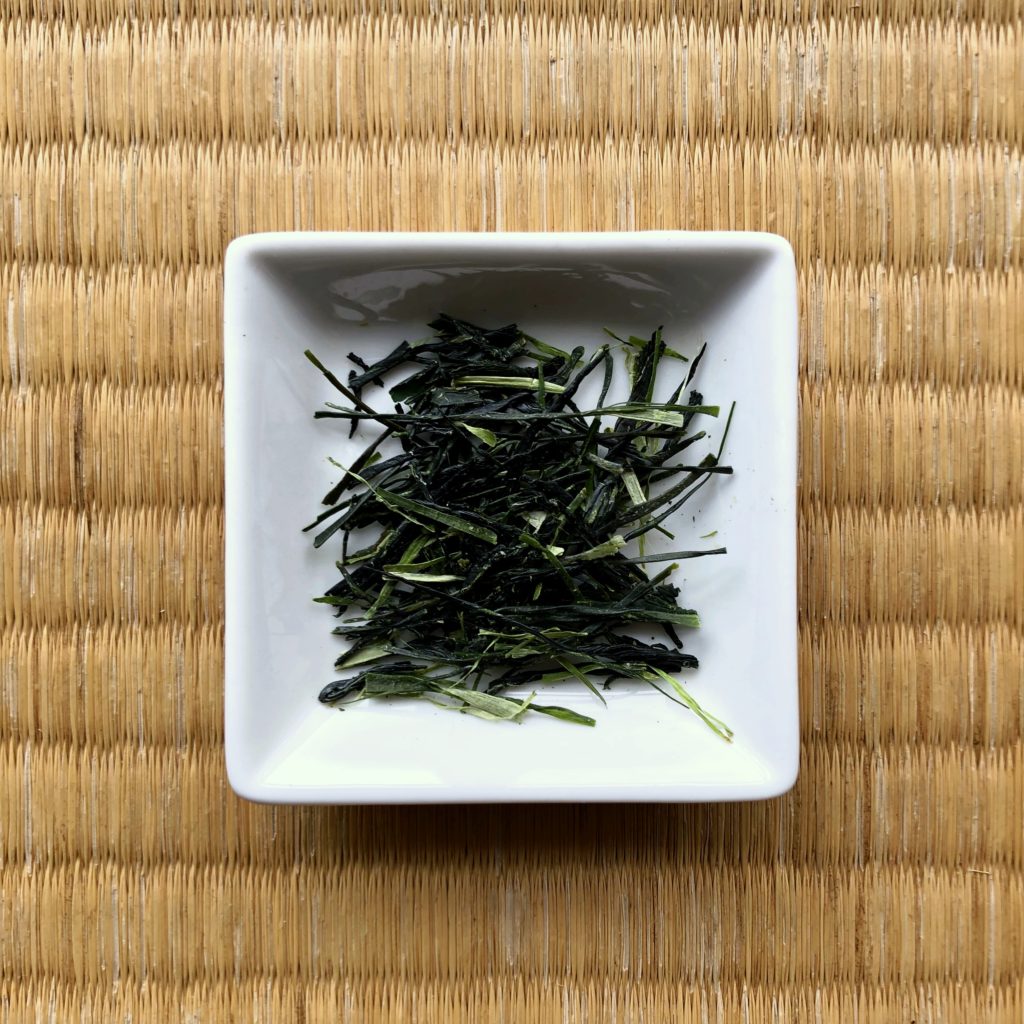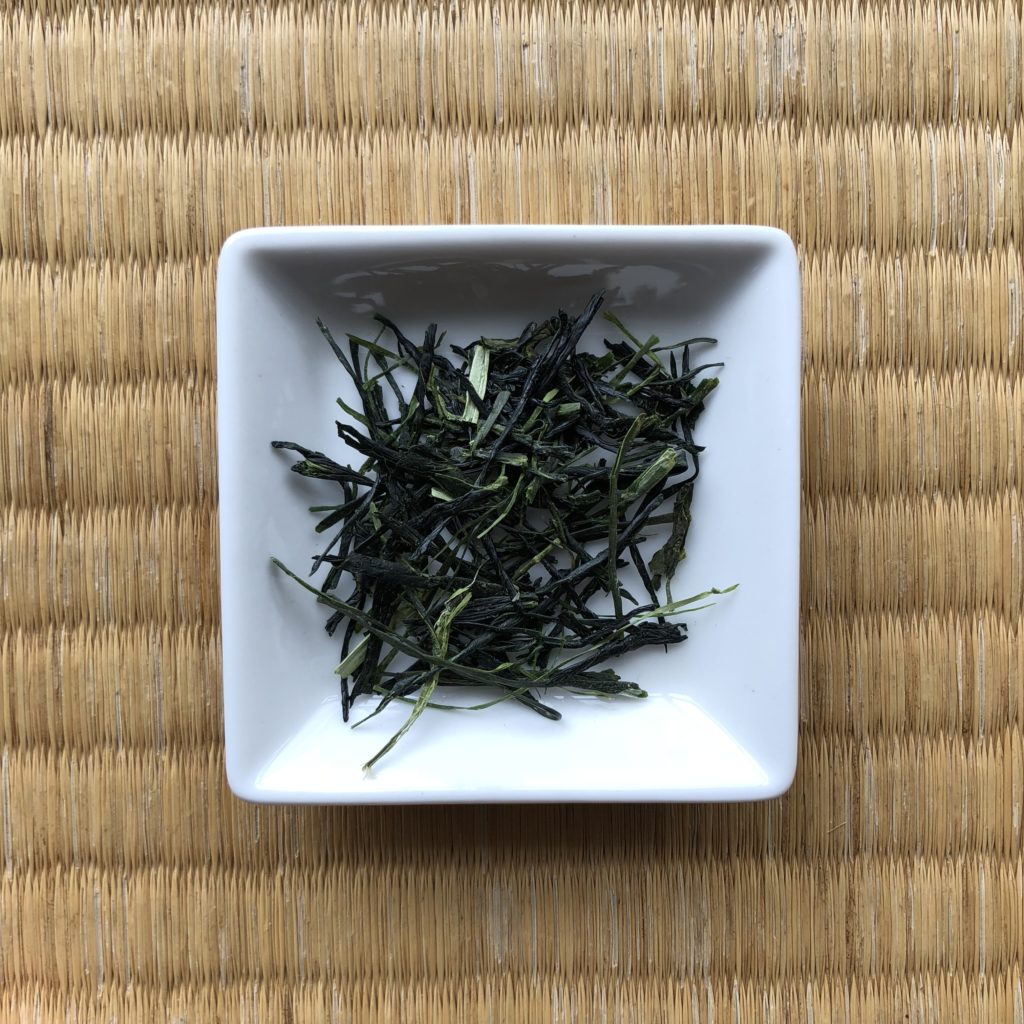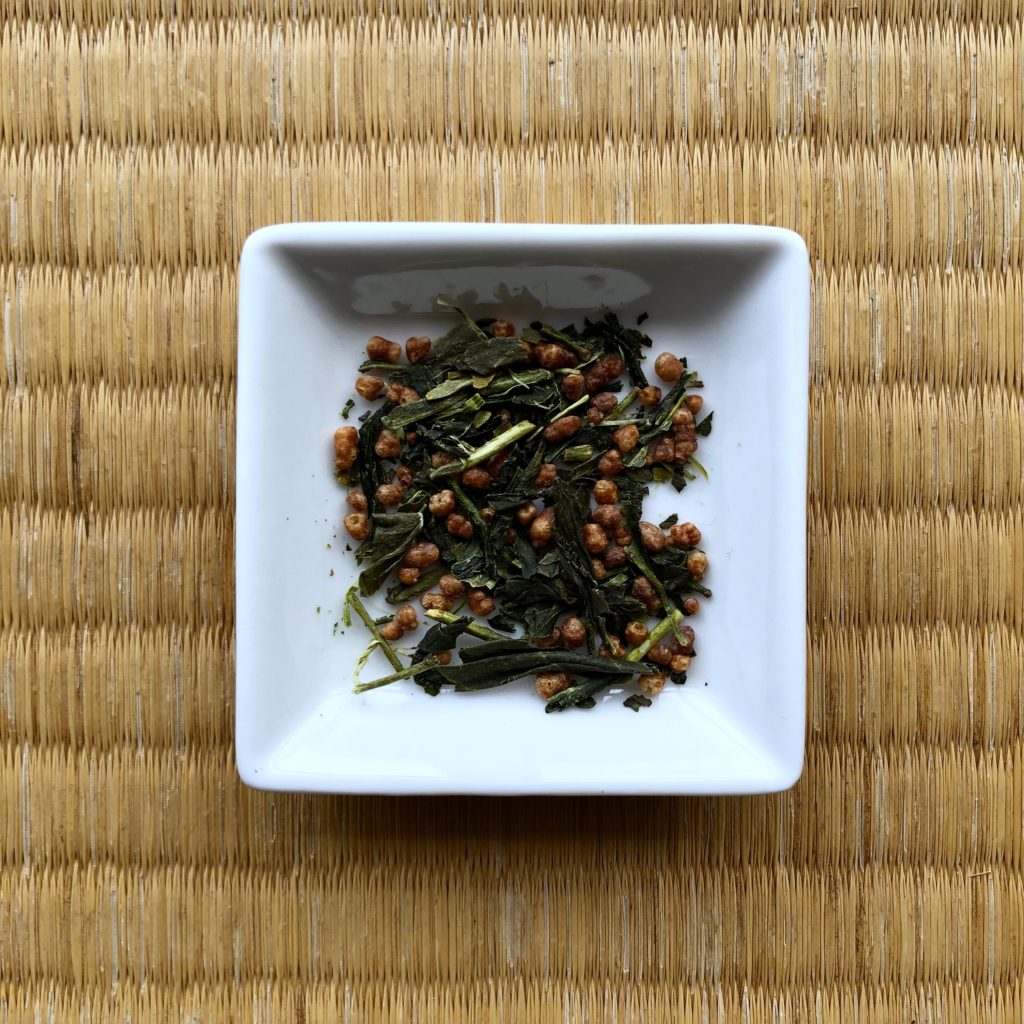Teas Provided by Kyoto Obubu Tea Farms

Since I am living at Kyoto Obubu Tea Farms in Japan, it seemed most fitting to start a series focused on tea: TEA 101! The first post I wanted to write was a guide to common Japanese green teas.
The concept behind TEA 101, 102,103 and 104 was pretty loose but the main goal is to share what I am learning about tea with you! Topics that I’d like to cover in the future include tea farming, tea production, tea culture, tea types, and more.
That being said since I will be discussing various Japanese teas over the next few months, I think that it is important to give a quick primer about Japanese Green Teas. I hope that you find this informative!
Let’s go!
Common Japanese Green Teas
While Japan produces many types of tea, the most common type of tea in Japan is green tea. The process mostly involves steaming (to stop oxidation and preserve the green colour), rolling, and drying. This is an admittedly simplified overview and depending on the tea, there may be more or less steps in the process.
Sencha

Sencha makes up two-thirds of tea produced in Japan. The liquor is generally a pale yellow-green with some astringency and umami notes. Some say that the umami taste is reminiscent of seaweed.
The processing method of Sencha was developed in 1738 by a prominent tea manufacturer in Uji, Soen Nagatani. The tea leaves for Sencha can be left unshaded or shaded (Kabuse Sencha). The leaves are steamed, rolled and dried then shaped into a needle shape.
Gyokuro

The word Gyokuro means “precious dew.” It is made from tea leaves that have been shaded for about 4 weeks before harvest. By covering the leaves from direct sunlight, it reduces the effect of photosynthesis in the leaves which creates a sweeter and milder taste. The leaves are also darker and greener as result. During tea processing, the leaves are rolled into a needle shape.
Bancha

This tea is made from large and mature leaves after the first harvest of Sencha or Tencha. Since these leaves have been exposed to more sunshine than new buds and leaves, it tends to be more astringent. In addition to being an older leaf, it also tends to be more fibrous, and thus it can be tougher to extract its components. Bancha is used as a base in other Japanese green teas such as Genmaicha and Hojicha.
Genmaicha

This is normally a flavoured tea that is a mixture of Bancha leaves and roasted rice. Sencha leaves can also be used sometimes. This was seen as the “people’s tea” and an economic option since rice was used as a filler.
Hojicha

Hojicha is a roasted tea that normally uses Bancha as its base. It was accidentally discovered in 1920 by a merchant in Kyoto. He roasted an unsealed bag of Bancha and Hojicha was created. Despite its liquor being a golden-brown colour and having a nutty flavour, it is still considered a green tea.
Matcha

I think for most people, myself included when thinking about Japanese green teas, matcha is usually the first tea that comes to mind! Matcha is a grounded green tea made from shaded tea leaves. The leaves are shaded 4 weeks before harvest and then laid out flat to dry and become Tencha. The leaves are then de-veined, de-stemmed, and grounded.
Then the leaves can be either stone-ground for Ceremonial Grade or ground in a machine called a Ball Mill to create Cooking Grade. Ceremonial Grade is normally consumed as a drink, whereas Cooking Grade is often used as an ingredient in beverages and food.
It takes about an hour to grind 30g of Matcha. This is because the tea can develop a burnt taste if the leaves are ground too quickly. At the end of the process, the final product is 10% of the weight from the original harvest.
Good-quality Matcha should be a fine, bright green powder. Traditionally, Matcha is prepared in a bowl and whisked with hot water.
Additionally, the stems of the Tencha can be used to make Kukicha (also known as Bocha or Karigane), which can be in a green or roasted form. Also, there are other powdered teas on the market made from Sencha, Hojicha and Genmaicha.
Final Thoughts
Before I came to Obubu Tea, I had a vague understanding of the various kinds of Japanese teas. However being here and living on a tea farm has helped me understand how tea is processed. Since harvesting season is around the corner, I am excited to learn more!
A lot of the information about Japanese green teas is from the book “Japanese Tea: A Comprehensive Guide”, which was written by an Obubu staff member, Simona! You can find it Amazon.com, Amazon.jp, and Amazon.ca!
I also took tea courses with the Tea and Herbal Association of Canada!

3 comments
[…] I wanted to have a giveaway! I thought three Japanese teas from Obubu Teas; a sencha, genmicha, and a kyobanch would be great prizes for three lucky winners! I personally really enjoy all of […]
[…] would affect the tea. Right from the pouch, there was a faint roasted smell that reminded me of hojicha (roasted Japanese green tea). Compared to the High Mountain Oolong, the oolong pearls were slightly […]
[…] I warmed the gaiwan, I placed the dry leaves inside. The leaves reminded me of hojicha, a Japanese Roasted Green Tea. Despite the recommendations on the website, I found the most optimal […]